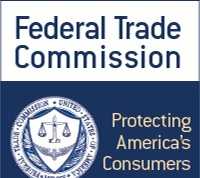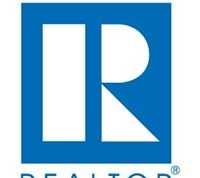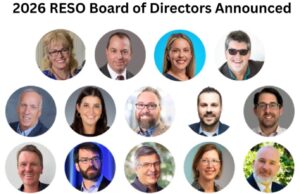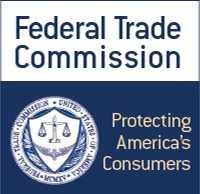U.S. Department of the Treasury Releases Final Rules to Expand Clean Energy Investments and Lower Costs in Low-Income Communities
WASHINGTON – RealEstateRama – The U.S. Department of the Treasury and the IRS released final rules and procedural guidance for the Section 48E(h) Clean Electricity Low-Income Communities Bonus Credit Amount Program.
The 48E(h) program is an expansion of the first-of-its-kind 48(e) bonus credit designed to lower home energy costs and spur clean energy investments in low-income communities and benefitting low-income households, on Indian Land, or as part of affordable housing developments. Treasury analysis of the first year of the 48(e) program showed that the program received over 54,000 applications from 48 states, the District of Columbia, and 4 territories. Approved applications are expected to generate $3.5 billion in investments in low-income communities and on Indian Lands and are estimated to generate $270 million in offset energy costs annually. During the second year of the 48(e) program, the program received over 57,000 applications totaling over 1.9 gigawatts of clean energy generation. Approved applications are expected to generate approximately $4 billion in public and private investment into communities and almost $350 million in offset energy costs annually.
The rules released today highlight the expanded list of program-eligible technologies beyond wind and solar to zero-emissions technologies like hydropower and geothermal. The full set of program-eligible facilities and how that list will be updated in the future is defined in the Section 48E Clean Electricity Investment Credit final regulations. The allocated credit provides a 10 or 20 percentage point boost on top of the 30 percent 48E investment tax credit (assuming prevailing wage and apprenticeship requirements are met).
“Expanding the Clean Electricity Low-Income Communities Bonus Credit will help lower energy costs in communities that have been overlooked and left out for too long and empower developers to work alongside communities to provide tailored solutions to meet their energy and economic needs,” said U.S. Deputy Secretary of the Treasury Wally Adeyemo. “The final rules announced today will help ensure that all Americans benefit from the growth of the clean energy economy.”
The 48E(h) program will allocate bonuses to 1.8 gigawatts of clean electricity generation serving low-income communities each year, from 2025 through at least 2032. For the 2025 Program Year, the application period will open on January 16, 2025 at 9:00 AM ET and close on August 1, 2025 at 11:59 PM ET. For the 2026 Program Year and subsequent program years, the application period will open the first Monday of February at 9:00 AM ET and close the first Friday of August at 11:59 PM ET.
The final rules announced today make key changes from the 48(e) program, including changes due to the statutory transition to the 48E Clean Electricity Investment Credit as well as the incorporation of feedback received through public comment and lessons learned from previous program years. Select changes include:
- Expanding eligibility of investment technologies: The final rules highlight the list of eligible facilities defined in the updated 48E Clean Electricity Investment Tax Credit regulations from solar and wind to also include facilities that utilize zero-emission technologies like hydropower, marine and hydrokinetic, geothermal, and nuclear.
- Expanding impact for low-income households: The final rules clarify eligibility requirements for key categories, including expanding the list of housing programs that are eligible to participate as a qualified low-income residential building project and clarifying the financial value that certain projects must provide to low-income households.
- Creating opportunities for small businesses: The final rules provide a pathway for emerging clean energy businesses to receive priority in applying for the program.
The guidance released today by Treasury also outlines the annual capacity limitation available for allocation, divided across the four facility categories. For each program year, the annual capacity limitation of 1.8 gigawatts will be distributed as follows:
| Category 1: Located in a Low-Income Community
Sub-Reservation: Eligible residential behind-the-meter facilities Sub-Reservation: Eligible front-of- the-meter facilities and non-residential behind-the-meter facilities |
600 megawatts
400 megawatts 200 megawatts |
| Category 2: Located on Indian Lands | 200 megawatts |
| Category 3: Qualified Low-Income Residential Building Project | 200 megawatts |
| Category 4: Qualified Low-Income Economic Benefit Project | 800 megawatts |
For the 2025 Program Year, approximately 174,243 kilowatts (DC) are being carried over from previous program years and distributed evenly between the four categories. Individuals interested in learning more about the program or submitting an application should visit the Program’s landing page on the IRS website.
###
















